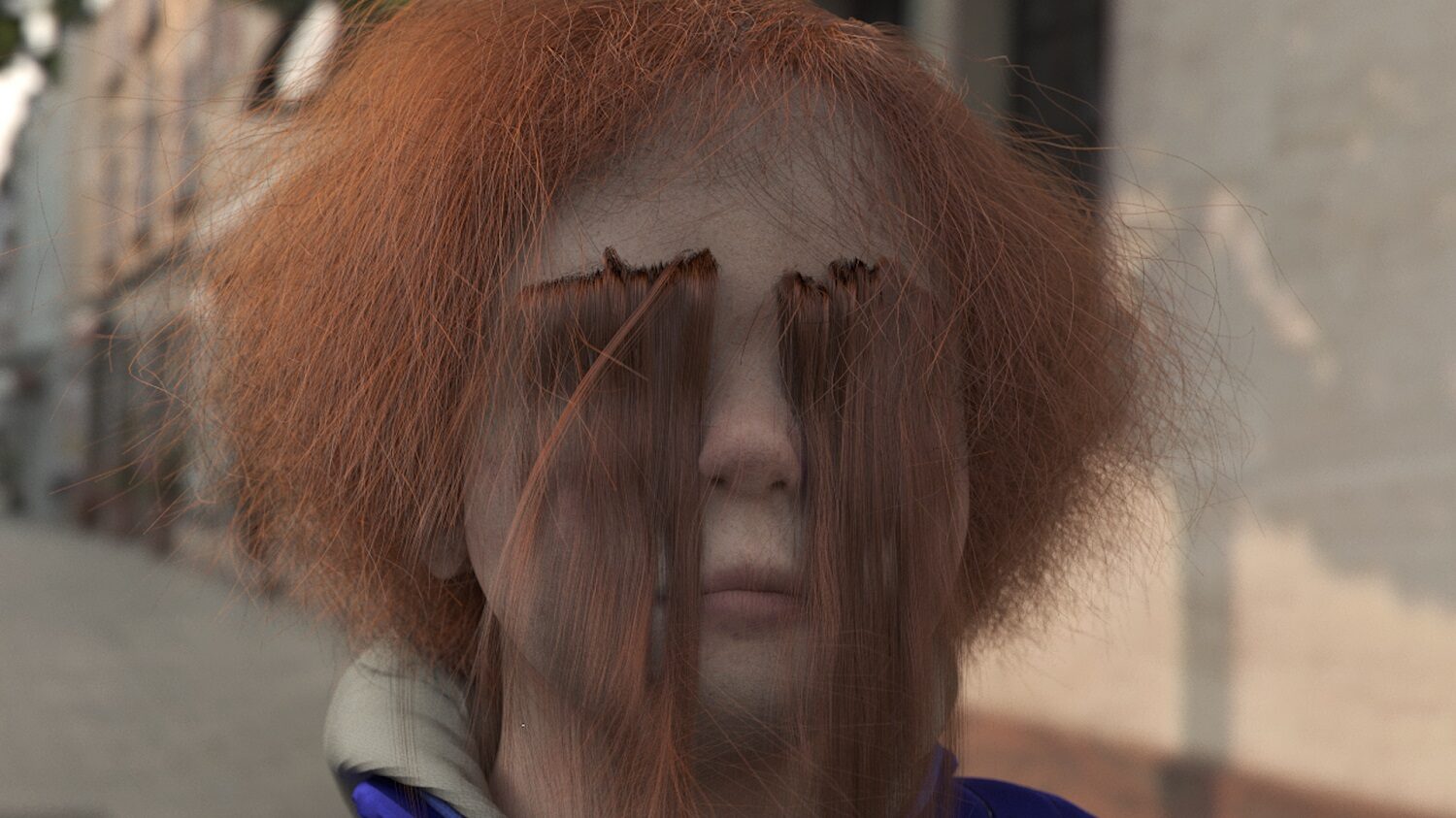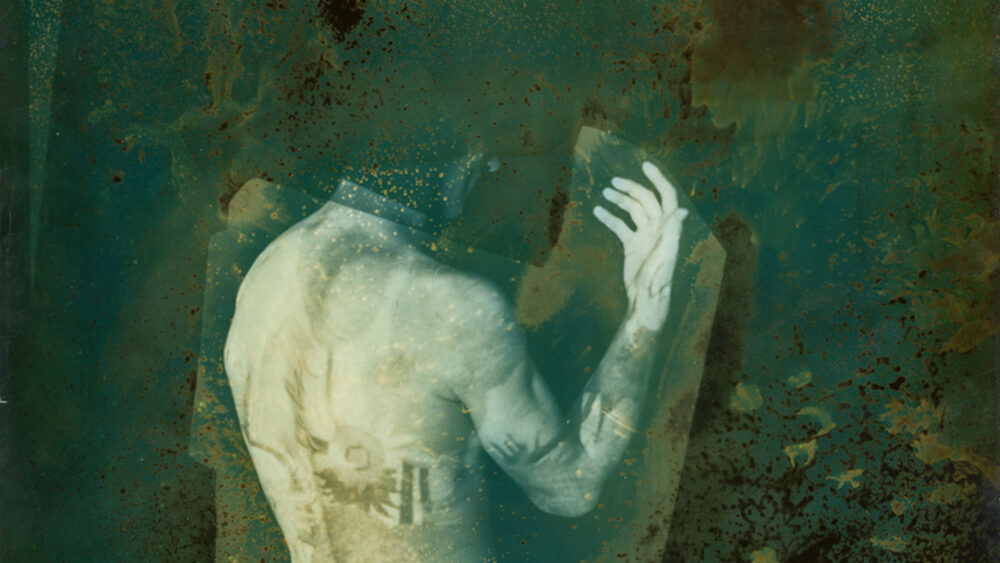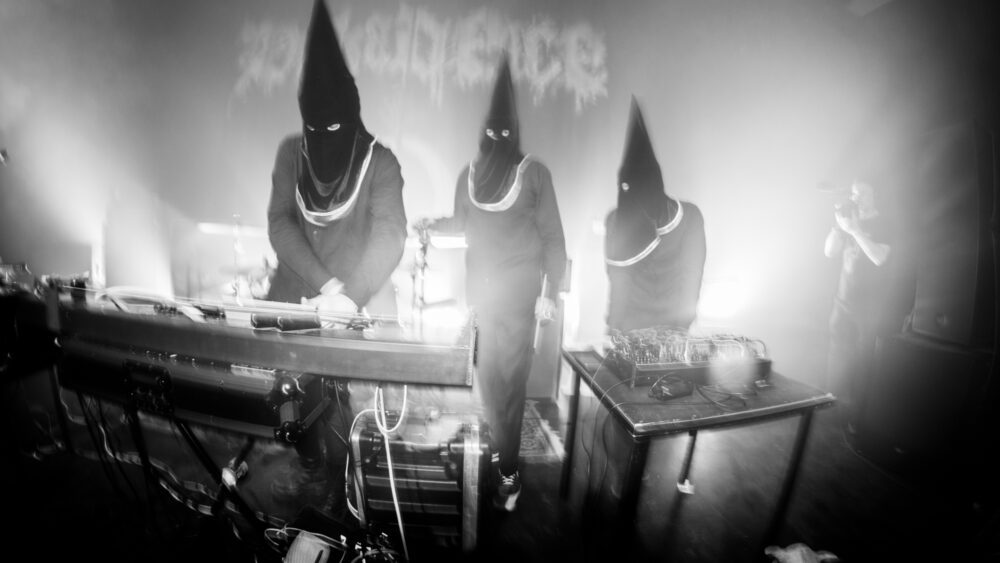10 minutes with Tallinn Photomonth curator Ilari Laamanen
Ilari Laamanen is an independent curator based in New York. Through his projects, he reflects on the challenges and possibilities of communication in a hyperconnected culture. Laamanen earned his MA in Curating, Managing, and Mediating Art at Aalto University School of Arts, Design, and Architecture, and his BA in Media Studies at the University of Turku.
This year, one of Estonia’s largest contemporary art events, the Tallinn Photomonth, will take place from October 6 to November 26. Featuring works across various disciplines, the biennial explores developments in art and society in a world increasingly shaped by cameras, screens, and images. The Biennale will also include a film program curated by Piibe Kolka and Genevieve Yue, as well as an extensive satellite program at multiple institutions, galleries, and cultural venues in Tallinn. The main exhibition of the Biennale, titled Trance, will be held at the Tallinn Art Hall’s Lasnamae Pavilion and will be curated by Ilari Laamanen. He has chosen 19 artists from seven countries, including three artist duos and one artist collective. Many of these artists will be presenting their works in Estonia for the first time.

What can you tell us about the process of creating the Trance exhibition? How was the main theme chosen?
I was invited by the Tallinn Photomonth to curate the main exhibition of the biennial’s seventh edition. I was encouraged to contemplate on the notions of real and unreal; truth and false in the context of contemporary visual culture.
For me, it made sense to connect these questions to the broader questions related to (information) technology’s stronghold in the current cultural landscapes. We are on the threshold of a big paradigm shift with artificial intelligence and understandably this causes hope and fascination but also fear and worry.
The theme crystallized through several research trips to Tallinn and in conversation with artists. I was especially motivated to feature work that connects to and questions technology on intellectual, emotional, and visceral levels.
How do you choose the artists you collaborate with?
The selection of artists varies from one project to another. But in general, the work needs to “click” on many levels: thematically, technically, emotionally. For me, art is not about solutions or answers per se. Instead, art can ask questions and shed light on overlooked topics, modes of communication and aesthetics.
I enjoy working with artists of different backgrounds and generations. It’s also important to me to feature works that both contrast and complement each other. I see group exhibitions as an opportunity to create connections between various artistic practices. Thus, I don’t want to focus on a specific medium or scene.
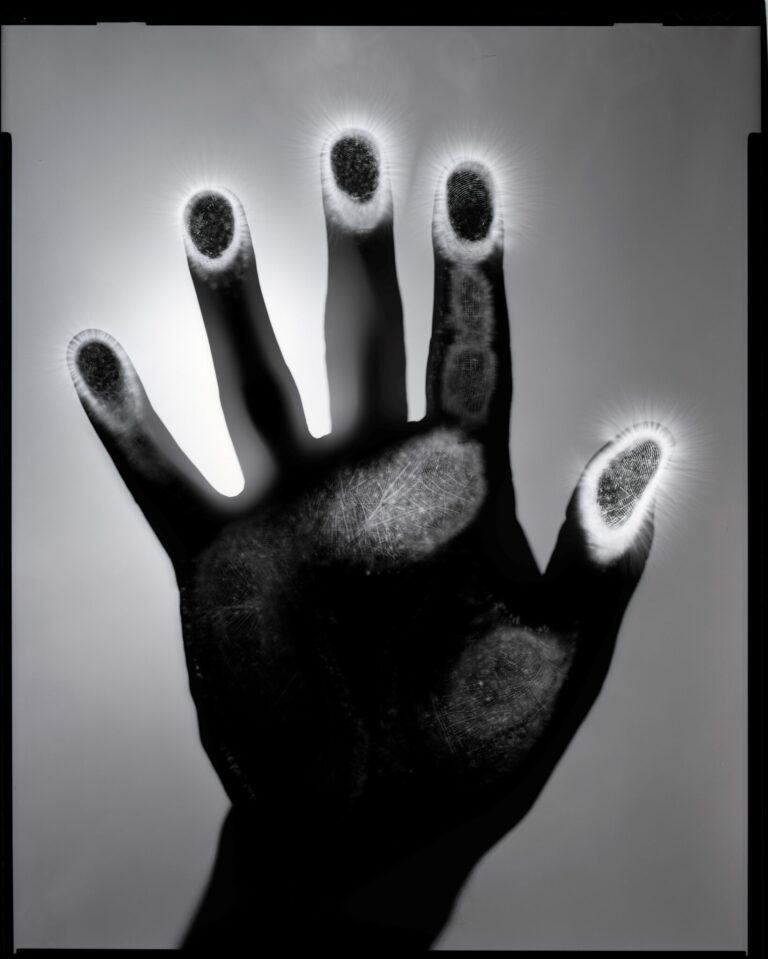
Is there an artist or photographer from the Baltic States whose work particularly interests you?
Through the background research I did for the exhibition, I learned about many Baltic artists whose work I was not previously familiar with. I hope to collaborate with some of them in future projects!
While the focus of the biennial has been on photography, I was also encouraged to seek out practitioners with a broader scope. I’m inspired to continue discovering more about the work of artists from the region.
What role does photography play in your creative practice?
It has been said that today, anybody can become a photographer. While image-making is more common and widespread than ever before, I don’t believe that is a reason to start overlooking the importance of photography. Quite the opposite, I think that the role of photography remains significant, while at the same time, it is changing rapidly.
On some level, my creative practice is rooted in photography, as I received my first camera at the age of six. The way I perceive the world continues to be strongly influenced by photos and photographic thinking. A single image can still have a profound impact and stay with me for a very long time.
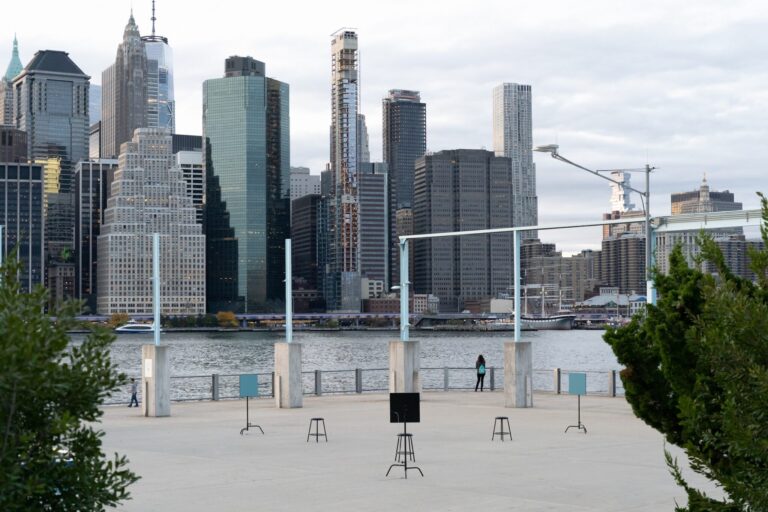
What art events, exhibitions have had the biggest influence on you?
Childhood memories of visiting the art center Retretti in Eastern Finland with family every summer remain significant to me. The center featured 3700m2 exhibition spaces with a 1000-seat auditorium in an underground cave. Spending time in this special space expanded my imagination and offered an immersive (and sometimes dramatic) way of experiencing art. Sadly, the center is no longer in operation.
How do you see the development of artificial intelligence in art? Will it have any influence in curatorial work?
I believe that there is a deeply human element that is fundamental to the creative act and impossible to replicate with artificial intelligence. Having said that, I want to stay informed about the development of artificial intelligence and how it affects artists’ work thematically, technically, and aesthetically.
While artificial intelligence can be now considered as a convenient tool and means of being more productive, I find it more important to focus on its potential effects on the ways we process information, understand communication and perceive reality.
The biggest threat in the age of machines is not the machines but the people who program them.
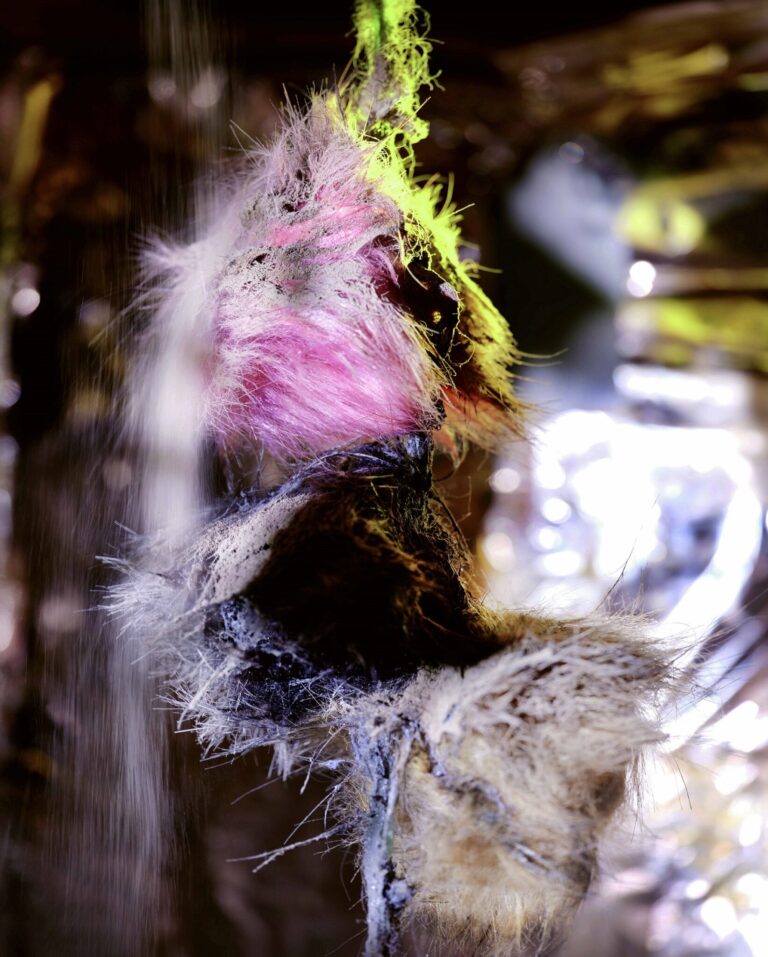
What are the biggest challenges for an art curator today?
When there’s an excess of information, the biggest challenge can be to find something worthwhile to focus on and commit to. I feel that cultivating a focus on specific interests, that might not be trendy, will produce interesting work in the long run. Another challenge is to find people who feel that one’s vision is important enough to give support and visibility to. It can be challenging to make a timely exhibition when so many things seem to be in constant flux.
What are your future creative plans and challenges?
I will continue to work with art and exhibition making. For me, there is still so much potential and room for exploration within the exhibition format! I have been living in various places for the last couple of years. This way of working has both its benefits and challenges. Working as an independent curator is precarious since there is never a guarantee of the next project. Therefore, tolerating uncertainty remains a fundamental part of the practice.
